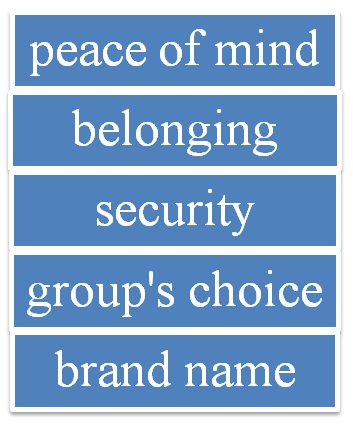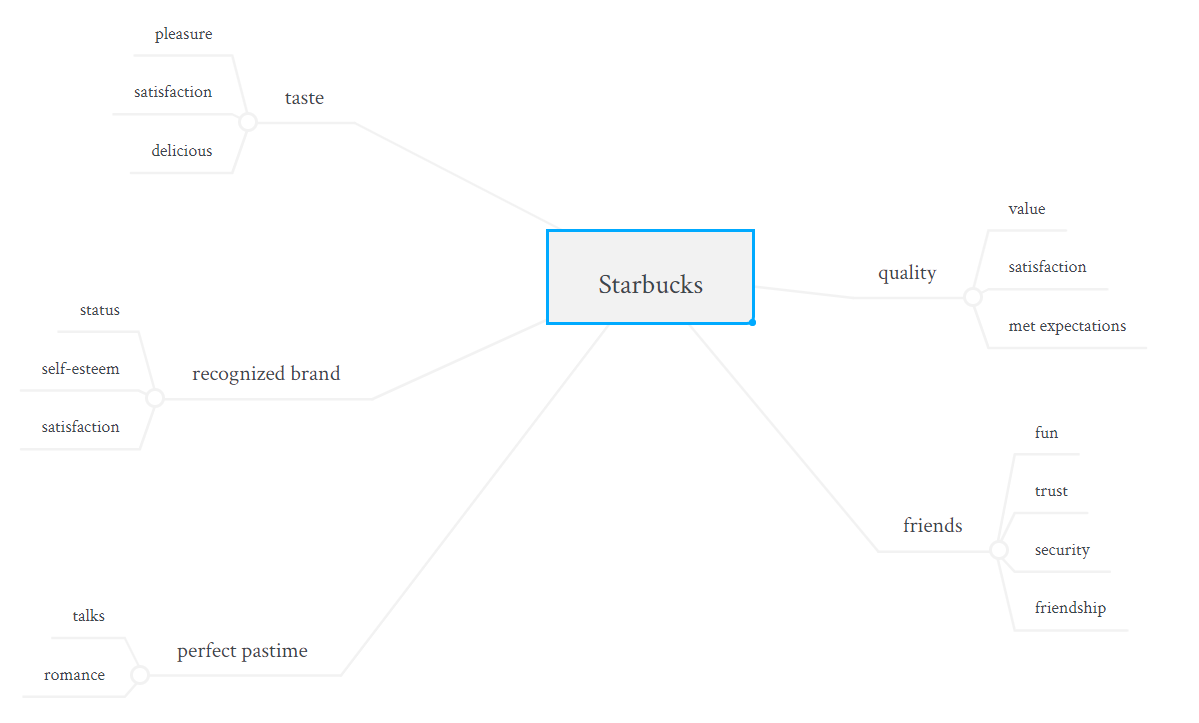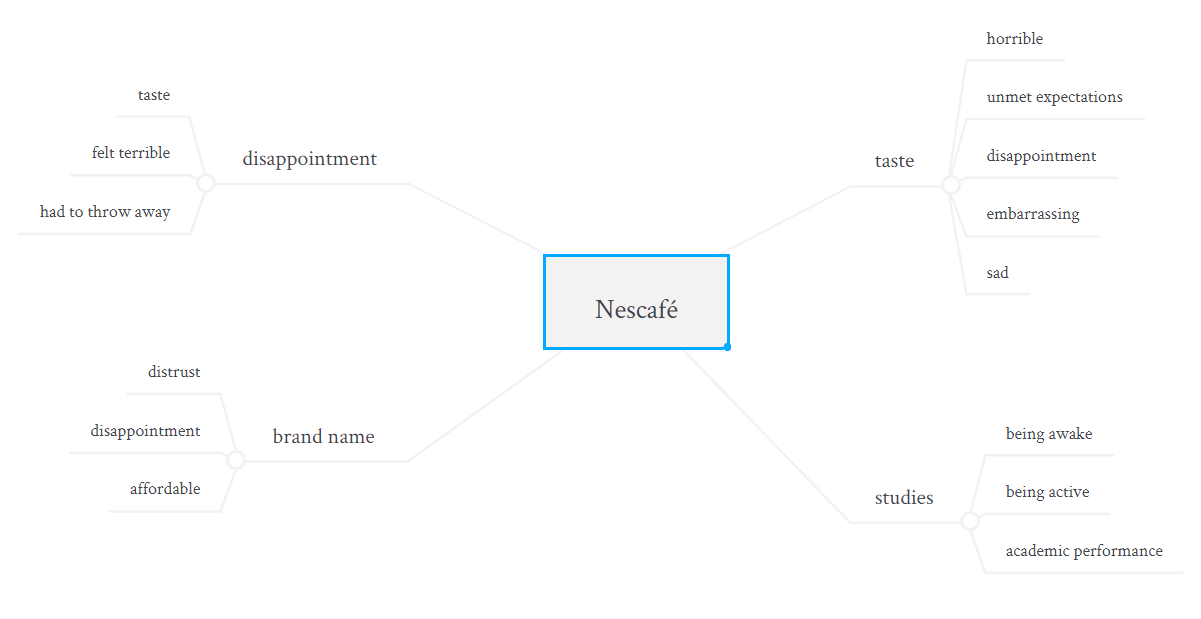Introduction
The development of marketing strategies implies the implementation of thorough research that sheds light on customers’ preferences, motivations, and other factors affecting their decision-making process. The interviewee is a 20-year-old female college student, and the product she recently bought was instant coffee. This report includes a brief description and analysis of the interview results and implications for the marketing strategy of the brand she chose and the alternative product she considered but did not buy.
Background and Methodology
The interviewee needed to buy some coffee as she had run out of this product but constantly drinks instant coffee at home. She prefers this beverage as she finds it a convenient home alternative to brewed coffee she loves. The student considered two options: Nescafé and Starbucks. However, she had had some unpleasant experiences related to Nescafé, so she bought Starbucks although it was much more expensive than the former. In order to elicit more information concerning the interviewee’s preferences and reasons behind her choice, laddering and associative maps were utilized as data collection methods. Laddering was an effective tool to evaluate the needs of the student (see Appendix A). Associative maps unveiled preferences and emotions associated with the two brands (see Appendix B).
Evaluation of Starbucks
The interviewee had a very positive attitude towards Starbucks instant coffee. The student spends much time with her friends at Starbucks coffeehouses. One of the reasons to buy instant coffee from this brand was the desire to extend her pleasant experience and drink her favorite coffee at home. She noted that the product was significantly more expensive than other items, but the experiences were worth it. The interviewee repeated enthusiastically that she bought the product as it was Starbucks. Laddering helped to identify the high-level needs the student met when she bought the product (see Appendix A). She bought Starbucks for her peace of mind as she felt happy. The feeling of belonging was another important benefit the student received. The associative map reveals the words, the interviewee associated with the purchase (see Appendix B). The primary associations were taste, friends, brand name, quality, and pastime. The concepts of satisfaction and relationships were recurrent.
Based on the collected information, it is clear that the student values the product due to its taste and associated experiences. For the interviewee, Starbucks is a way to arrange a perfect pastime with her friends and close ones. It is noteworthy that the students paid much attention to the brand itself and mentioned that it was the choice of her friends. Drinking Starbucks coffee was not a mere consumption of a beverage but a way to maintain the interviewee’s status. The female was ready to pay extra in order to feel a part of the group and consume a product of a well-established brand. The interviewee will definitely continue buying this product as she had pleasant experiences when she invited her friends and served Starbucks.
Nescafé
The interviewee used to buy Nescafé instant coffee for her home needs. She needed coffee mainly as a means of keeping her awake when she had to do home assignments late at night. She also found it affordable and enjoyed the taste as well as used to drink it in the morning to feel active and ready for a busy day. However, the student claimed that she was completely disappointed with the brand as she had bought a low-quality product some time ago. She recollected that the taste was awful and she had to throw a full jar. The most recurrent concept associated with the brand was disappointment (see Appendix B). The female claimed she would never buy this product again. The results of the interview suggest that the interviewee used to see the product as a beverage that performed certain functions and was affordable. However, the unpleasant experience associated with the taste diverted the consumer from buying the item.
Implications for Brands
As far as the implications for the brands are concerned, it is possible to consider some areas to focus on in the future. Starbucks is a well-established brand that is valued for its high quality and associated experiences. It is advisable to concentrate on these two domains when developing future marketing strategies. As for Nescafé, the brand lost, at least, one of its customers due to quality-related issues. Therefore, it is important to ensure the high quality of products and emphasize improved quality and taste. It is also possible to refer to family values and position the product as a must-have item for every family.
Conclusion
In conclusion, it is necessary to state that interviewing is a potent tool enabling marketing managers to collect the data that will be the basis of an effective marketing strategy. Other helpful instruments such as laddering and associative maps are instrumental in eliciting more information that is linked to people’s emotions, preferences, and attitudes. The present interview unveiled the factors that affected a customer’s decision-making process. The methods used to collect data have proved to be effective for marketing research.
Appendix A
Laddering


Appendix B
Associative Map

